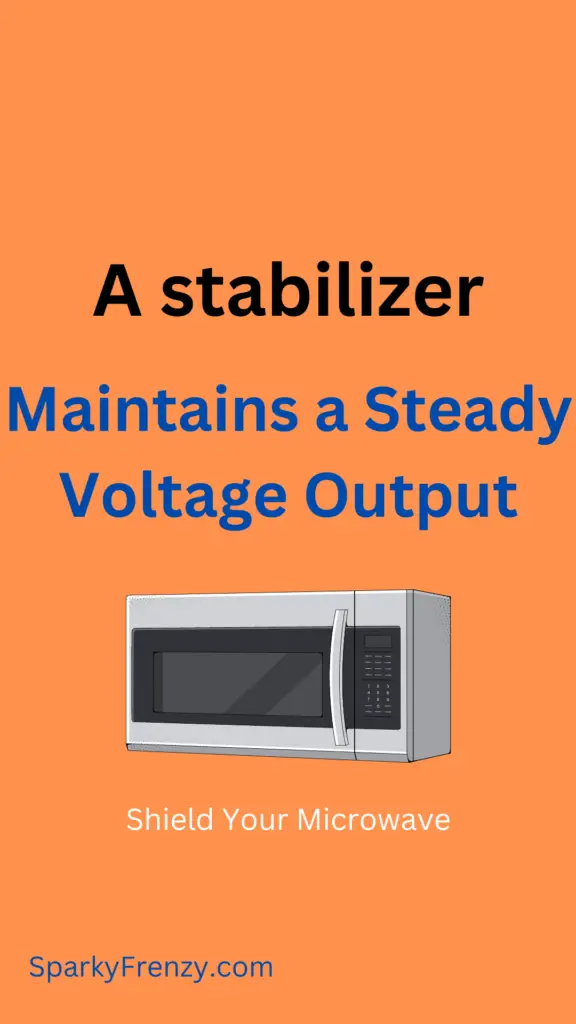Low voltage can have a significant impact on the performance and lifespan of appliances. While most electrical appliances are designed to operate within specific voltage ranges, prolonged exposure to low voltage can lead to various issues and potential damage.
Low voltage can damage appliances because most electrical devices are designed to operate within specific voltage ranges.
When the voltage drops below the recommended level, appliances may not function properly, resulting in reduced performance, overheating, increased energy consumption, and even the risk of electrical fires
In this article, we will explore the effects of low voltage on appliances, the potential damages that can occur, signs of low voltage, and steps to protect appliances from such damage.
Understanding Low Voltage
Definition of low voltage:
Low voltage refers to an electrical supply that falls below the standard voltage level required for optimal appliance operation. In the United States, the standard household voltage is typically 120 volts.
Causes of low voltage:
Low voltage can be caused by various factors, including faulty wiring, inadequate power supply infrastructure, power grid issues, or high electricity demand during peak hours.
Effects of Low Voltage on Appliances
Voltage requirements of appliances: Appliances are designed to operate within specific voltage ranges, usually indicated on their labels or user manuals. Deviating from the recommended voltage can lead to performance issues and potential damage.
Consequences of low voltage: When appliances are exposed to low voltage for extended periods, several problems can arise. These include reduced performance, increased energy consumption, overheating, component damage, and an increased risk of electrical fires.
Potential Damage Caused by Low Voltage
Reduced appliance performance:
Low voltage can result in decreased efficiency and functionality of appliances. Motors may run slower, leading to poor cooling or heating performance in devices such as air conditioners or electric heaters.
Overheating and component damage:
Insufficient voltage can cause appliances to work harder to compensate for the power deficiency. This increased strain can lead to overheating, which may damage sensitive components like motors, compressors, or circuit boards.
Increased energy consumption:
Appliances operating under low voltage tend to consume more energy to compensate for the lack of power. This can lead to higher electricity bills and unnecessary energy waste.
Risk of electrical fires:
Low voltage can cause appliances to draw more current than intended, potentially overloading circuits and increasing the risk of electrical fires.
Examples of Appliances Affected by Low Voltage
Air conditioners:
Air conditioning units heavily rely on motors and compressors, making them susceptible to damage from low voltage. Insufficient power supply can result in reduced cooling capacity, inefficient operation, and premature failure.
Refrigerators:
Refrigerators rely on compressors to maintain the appropriate temperature. Low voltage can cause the compressor to work harder, leading to inadequate cooling, potential food spoilage, and an increased risk of compressor failure. Read also my article: Keep Your Fridge Safe: Tips to Protect Against Low Voltage
Computers and electronics:
Computers, laptops, gaming consoles, and other electronic devices can experience performance issues when exposed to low voltage. It can lead to system crashes, data loss, and damage to internal components.
Lighting fixtures:
Low voltage can cause dimming or flickering of lights, impacting both incandescent and LED bulbs. Inconsistent voltage levels can also decrease the lifespan of bulbs and ballasts.
Signs of Low Voltage
Dimming or flickering lights:
One of the common signs of low voltage is when lights consistently dim or flicker, even after replacing bulbs and ensuring proper connections.
Slow or inefficient appliance operation:
If appliances take longer than usual to perform tasks or exhibit sluggishness, it could indicate low voltage affecting their performance.
Frequent tripping of circuit breakers:
Low voltage can cause appliances to draw excessive current, leading to frequent tripping of circuit breakers as a safety measure.
Protecting Appliances from Low Voltage

Voltage stabilizers or regulators:
Installing voltage stabilizers or regulators can help maintain a consistent voltage supply to appliances, protecting them from damage due to low voltage.
Uninterruptible power supply (UPS):
Using a UPS for critical electronic devices can provide backup power during voltage fluctuations or power outages, safeguarding them from potential damage.
Power conditioners:
Power conditioners can help filter out voltage irregularities and provide a stable power supply to appliances, reducing the risk of damage from low voltage.
Taking Action: Steps to Address Low Voltage
Contacting the utility company:
If you consistently experience low voltage issues, it is advisable to contact your utility company to report the problem. They can investigate and take necessary measures to resolve the issue.
Consulting an electrician:
Seeking assistance from a licensed electrician can help identify and rectify internal wiring or electrical infrastructure issues that may contribute to low voltage.
Upgrading electrical infrastructure:
In cases where low voltage is a persistent problem, upgrading the electrical infrastructure, such as replacing old wiring or improving transformers, may be necessary to ensure a stable power supply.
Conclusion
Addressing low voltage is crucial to ensure optimal appliance performance and safety. Prolonged exposure to low voltage can lead to reduced performance, component damage, increased energy consumption, and the risk of electrical fires.
By understanding the effects of low voltage and taking appropriate measures to protect appliances, users can enhance their lifespan and maintain efficient operation.